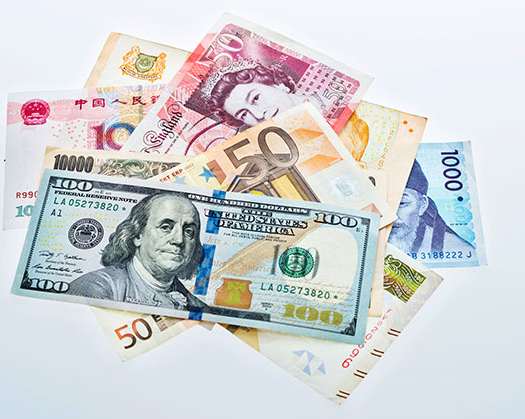New Delhi: India's foreign exchange reserves have experienced a sixth consecutive week of decline, reaching a near three-month low of $675.65 billion as of November 8, according to data released by the Reserve Bank of India (RBI) on Friday, November 15.
During the reporting week, there was a decrease of approximately $6.477 billion in the forex reserves, marking a decline of $29.2 billion from the record high of $704.89 billion recorded in September.
The data from the RBI indicates that the primary components of the reserves, namely the foreign currency assets, saw a decrease of $4.467 billion to $585.383 billion by November 8.
In the preceding week, the forex reserves decreased by $2.675 billion to $682.130 billion.
The information also reveals that India's position with the International Monetary Fund (IMF) has seen a reduction of $14 million to $4.298 billion during the same period.
Despite these declines, India has retained its position as the fourth-largest holder of foreign exchange reserves globally, following China, Japan, and Switzerland.
Furthermore, the reserves experienced a decrease of $1.936 billion in gold reserves, reaching $67.814 billion during the week, and a reduction of $60 million in Special Drawing Rights (SDRs) to $18.159 billion.
The reserves had previously reached a record high of $704.885 billion before this recent decline, likely attributed to interventions by the RBI aimed at preventing a significant depreciation of the Indian Rupee.
A substantial buffer of foreign exchange reserves serves to protect domestic economic activities from external shocks.
The latest data from the RBI shows that India's foreign currency assets (FCA), which constitute the largest component of forex reserves, now stand at $589.849 billion. Gold reserves, as reported on Friday, amount to $69.751 billion.
Estimates suggest that India's forex reserves are sufficient to cover approximately one year of projected imports.
In 2023, India has contributed approximately $58 billion to its forex reserves, in contrast to a cumulative decline of $71 billion in the previous year.
Foreign exchange reserves, or FX reserves, are assets maintained by a country's central bank or monetary authority, primarily in reserve currencies such as the US Dollar, with smaller portions allocated to the Euro, Japanese Yen, and Pound Sterling.
The Reserve Bank of India (RBI) is vigilant in monitoring the foreign exchange markets, intervening only to ensure market stability and mitigate excessive volatility in the Rupee exchange rate, without adhering to specific target levels or ranges.
The RBI often engages in managing liquidity by selling dollars to prevent a significant depreciation of the Rupee.
A decade ago, the Indian Rupee was among the most volatile currencies in Asia. Since then, it has evolved into one of the most stable.
The RBI has strategically purchased dollars when the Rupee was strong and sold when it weakened, thereby enhancing the attractiveness of Indian assets to investors.












